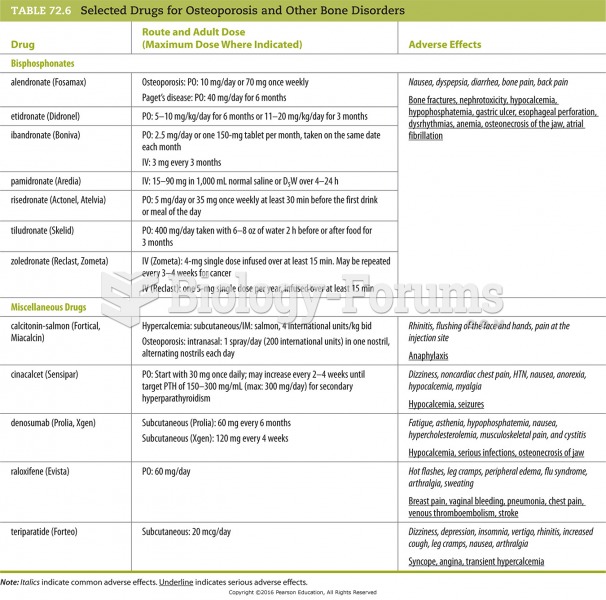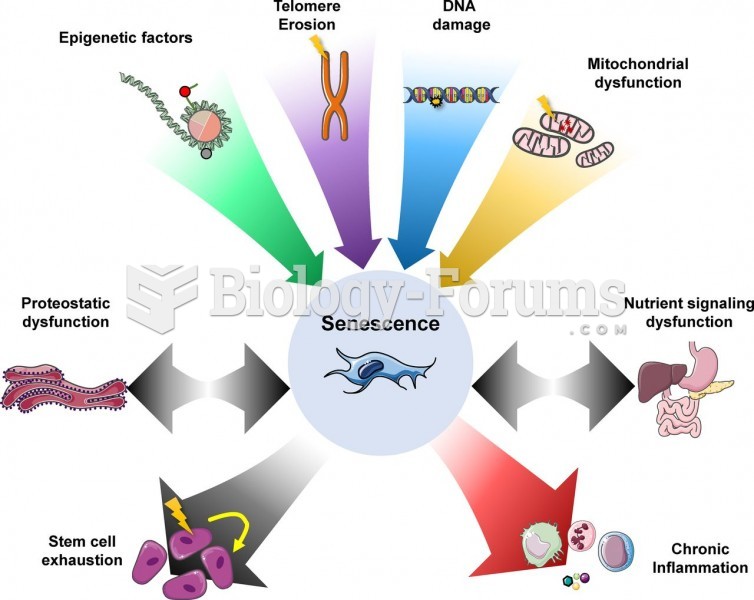This topic contains a solution. Click here to go to the answer
|
|
|
Did you know?
In 1864, the first barbiturate (barbituric acid) was synthesized.
Did you know?
IgA antibodies protect body surfaces exposed to outside foreign substances. IgG antibodies are found in all body fluids. IgM antibodies are the first type of antibody made in response to an infection. IgE antibody levels are often high in people with allergies. IgD antibodies are found in tissues lining the abdomen and chest.
Did you know?
It is difficult to obtain enough calcium without consuming milk or other dairy foods.
Did you know?
Approximately 25% of all reported medication errors result from some kind of name confusion.
Did you know?
The people with the highest levels of LDL are Mexican American males and non-Hispanic black females.







